Imagine if your pinky toe was doing all the work while your other four toes slowly withered away over millions of years. That’s essentially what happened to horses, and it’s one of evolution’s most fascinating success stories—with a dark twist. Modern horses are biological marvels that can gallop at speeds up to 55 mph, but they’re also walking disasters waiting to happen. A single misstep can shatter their entire leg, ending their career or even their life. This incredible transformation from multi-toed forest dwellers to single-toed speed machines tells a story of evolutionary trade-offs that would make any engineer cringe.
The Ancient Horse That Looked Nothing Like a Horse
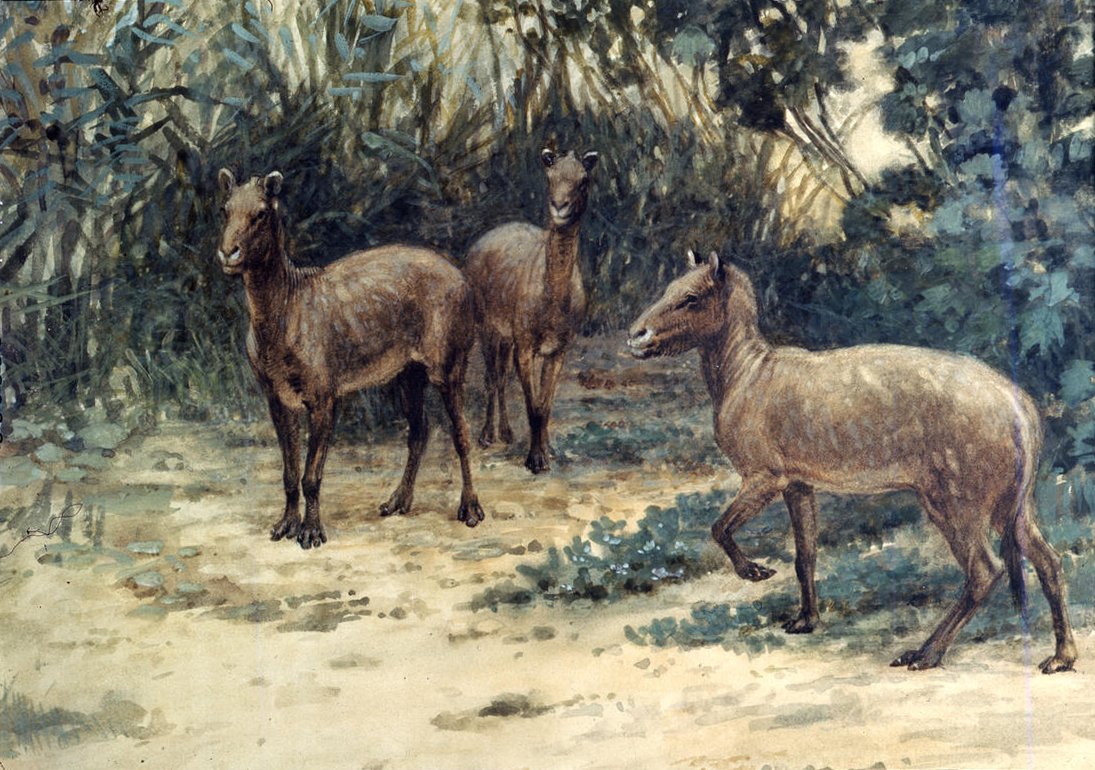
Meet Eohippus, the “dawn horse” that roamed North American forests about 55 million years ago. This little guy was roughly the size of a house cat and sported four toes on each front foot and three on each back foot. Picture a fox-sized animal with a rounded back, short legs, and teeth designed for munching soft leaves rather than grinding tough grass.
Eohippus lived in dense woodlands where multiple toes provided excellent traction on soft forest floors. Each toe could grip roots, navigate around fallen logs, and distribute weight across uneven terrain. This multi-toed design was perfectly suited for a world of dense vegetation and slow, careful movement through undergrowth.
Climate Change Kicks Off the Great Transformation

Around 34 million years ago, Earth’s climate began a dramatic shift that would reshape the entire horse lineage. Global temperatures dropped, and vast forests gave way to expanding grasslands. This wasn’t just a minor environmental hiccup—it was a complete ecosystem overhaul that demanded new survival strategies.
The emerging grasslands created open spaces where predators could spot prey from miles away. Suddenly, the ability to run fast across hard ground became more important than carefully navigating through forest undergrowth. Evolution doesn’t plan ahead, but it responds ruthlessly to changing conditions.
The Toe Count Begins Its Deadly Descent

As horses adapted to grassland life, their toe count started dropping in a process that took millions of years. Mesohippus, living about 30 million years ago, had already reduced to three toes on each foot. The middle toe grew larger and stronger while the side toes became smaller and less functional.
This wasn’t a smooth, gradual process—it was more like nature’s version of downsizing a company. Each generation that survived better on hard ground with fewer toes had a reproductive advantage. The side toes gradually transformed from functional digits to decorative splint bones that serve no real purpose in modern horses.
Speed Becomes the Ultimate Survival Currency

The evolutionary pressure for speed created a biological arms race between horses and their predators. Faster horses survived to reproduce, while slower ones became dinner for increasingly efficient predators. This selective pressure drove horses to develop longer legs, stronger muscles, and more efficient running mechanics.
Running on a single toe might sound crazy, but it’s actually a masterpiece of biomechanical engineering. When a horse gallops, its single hoof acts like a spring-loaded pogo stick, storing and releasing energy with each stride. The reduced weight at the end of the leg allows for faster leg movement and more efficient energy transfer.
The Hoof Evolution: From Padded Paws to Hard Hammers

The transformation of horse feet from soft, padded paws to hard, single hooves represents one of evolution’s most dramatic makeovers. Early horses had individual toes with soft pads, perfect for gripping forest floors. Modern horses essentially run on their fingernails—or more accurately, on one massively enlarged toenail.
This hoof design creates incredible durability on hard surfaces but sacrifices the shock absorption and grip that multiple toes provided. It’s like trading running shoes for high heels in terms of comfort, but gaining the ability to run on concrete without slipping.
Leg Bones: The Price of Going Fast
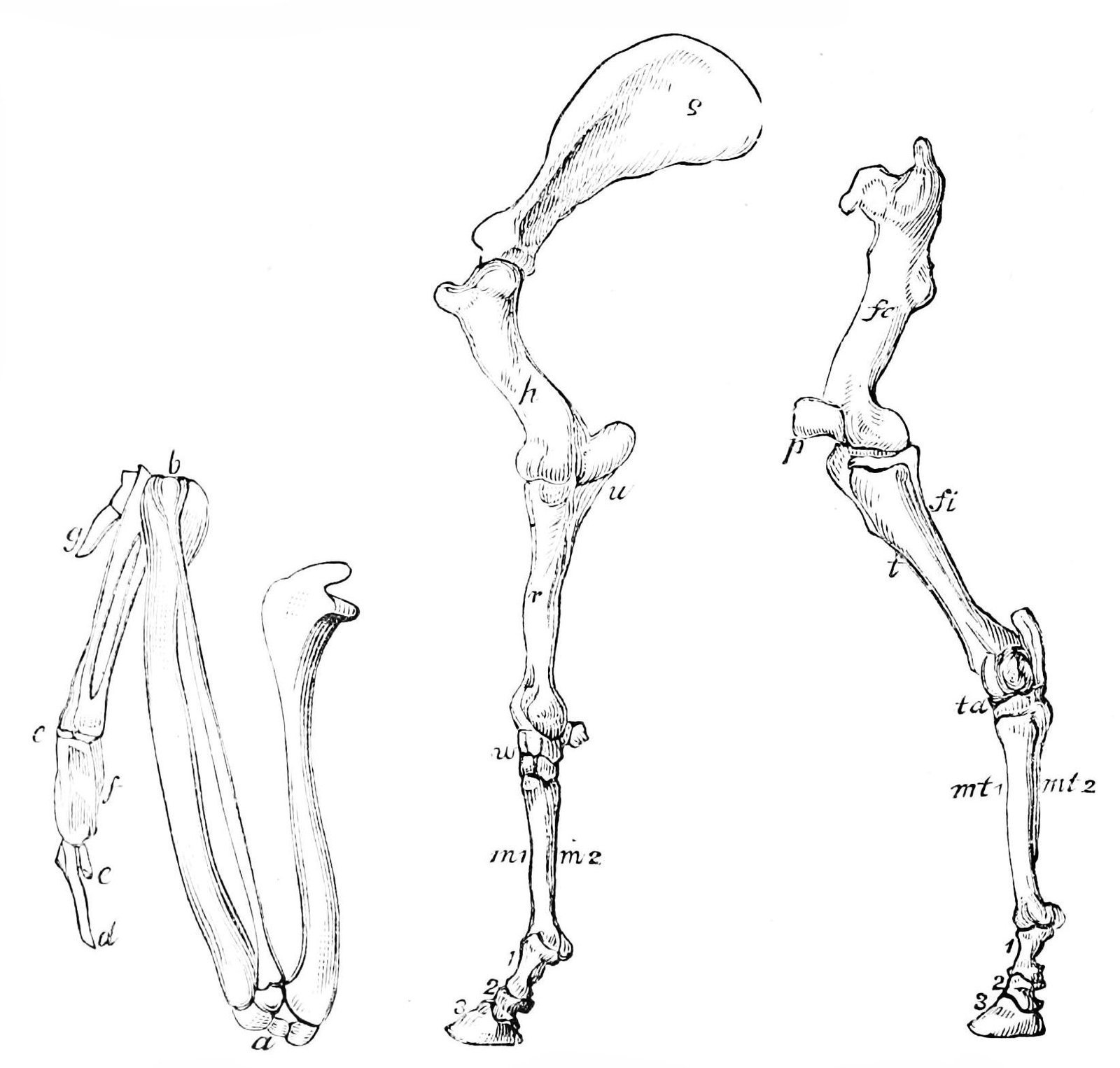
Modern horse legs are marvels of engineering that prioritize speed over everything else. The bones are incredibly long and lightweight, with most of the muscle mass concentrated near the body to reduce weight at the leg’s end. This design allows horses to achieve their incredible speeds but creates a structural vulnerability that would make any architect nervous.
The lower leg bones are essentially extensions of the original middle toe, stretched and strengthened over millions of years. These bones bear the entire weight of a 1,000-pound animal moving at highway speeds. When they break, they often shatter completely because they’re operating at the very limits of what bone can handle.
The Splint Bone Mystery: Evolution’s Leftover Parts

Look closely at a horse’s leg, and you’ll find small, seemingly useless bones called splint bones running alongside the main cannon bone. These are the evolutionary remnants of the side toes that once helped horses navigate forest floors. They’re like the appendix of the horse world—leftovers from a previous evolutionary chapter.
These splint bones occasionally cause problems in modern horses, creating painful conditions when they’re injured or inflamed. It’s as if evolution left behind a biological time bomb that serves no purpose except to occasionally malfunction and cause pain.
Digestive Disasters: When Guts Can’t Keep Up
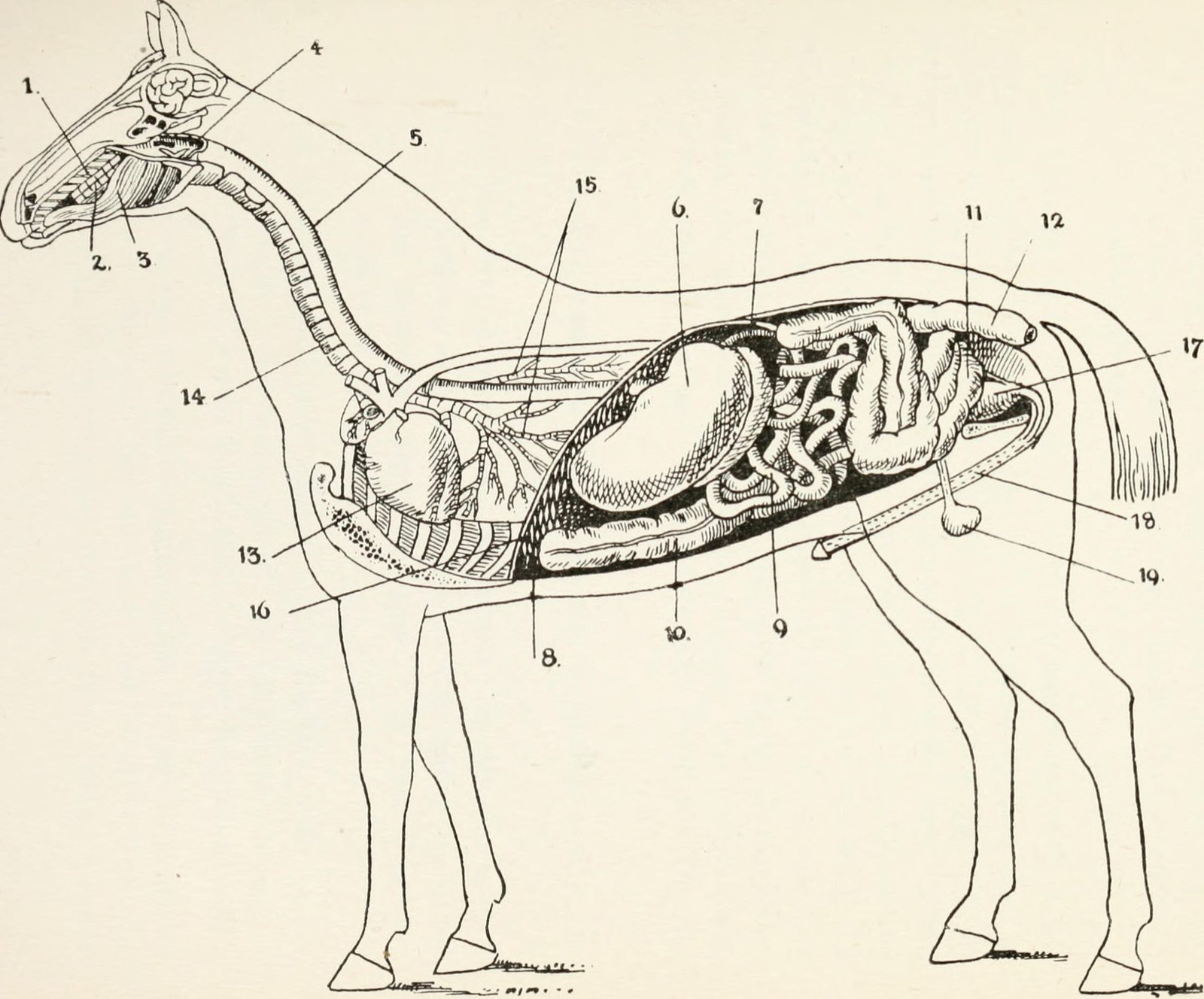
The shift from forest browsing to grassland grazing created digestive challenges that horses still struggle with today. Early horses had simple stomachs designed for easily digestible forest vegetation. Modern horses must process tough, fibrous grass with essentially the same digestive system their ancestors used for tender leaves.
This mismatch between diet and digestive capability makes horses prone to colic, a potentially fatal condition where intestines twist or become impacted. It’s like trying to process tree bark with a system designed for smoothies—it works, but barely, and problems are inevitable.
The Broken Leg Death Sentence

Perhaps the most tragic consequence of horse evolution is their inability to survive serious leg injuries. When a horse breaks a major leg bone, it’s often a death sentence not because the bone can’t heal, but because horses can’t stay off their feet during recovery. Their size and weight distribution make it nearly impossible to rest a broken leg properly.
This vulnerability stems directly from their evolutionary trade-offs. The same lightweight, high-performance leg bones that enable incredible speed become catastrophic failure points when damaged. It’s like building a race car so focused on speed that any accident becomes fatal.
Back Problems: The Curse of the Long Spine
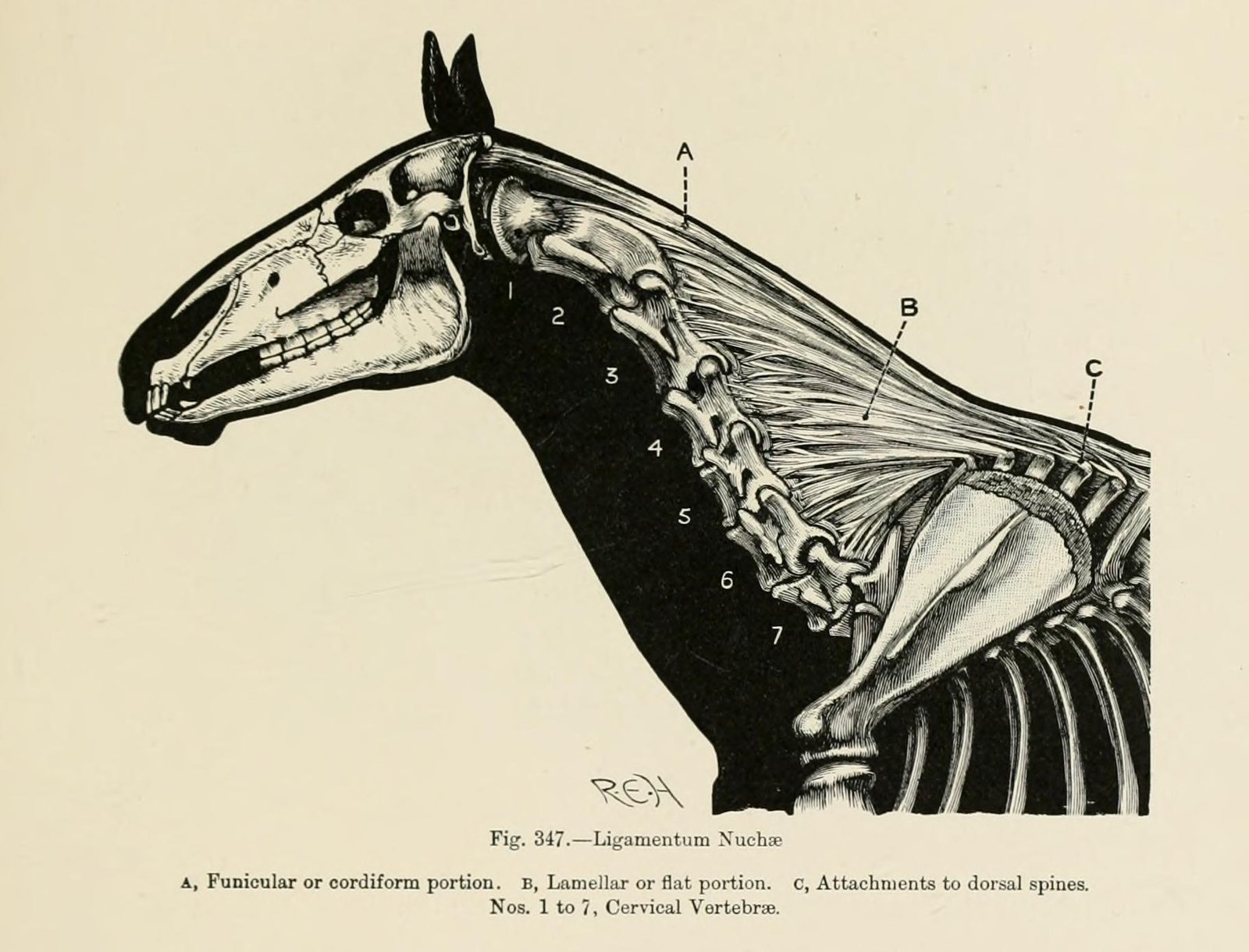
Evolution stretched horses in every direction to create speed, including lengthening their spines to accommodate longer strides. This elongated back creates a structural weakness that plagues many horses throughout their lives. The spine must support a heavy body while flexing dramatically during high-speed movement.
Modern horses suffer from a variety of back problems that stem from this evolutionary compromise. The same flexibility that allows for powerful galloping also creates opportunities for injury and chronic pain. It’s a classic example of evolution solving one problem while creating others.
Breathing at the Breaking Point
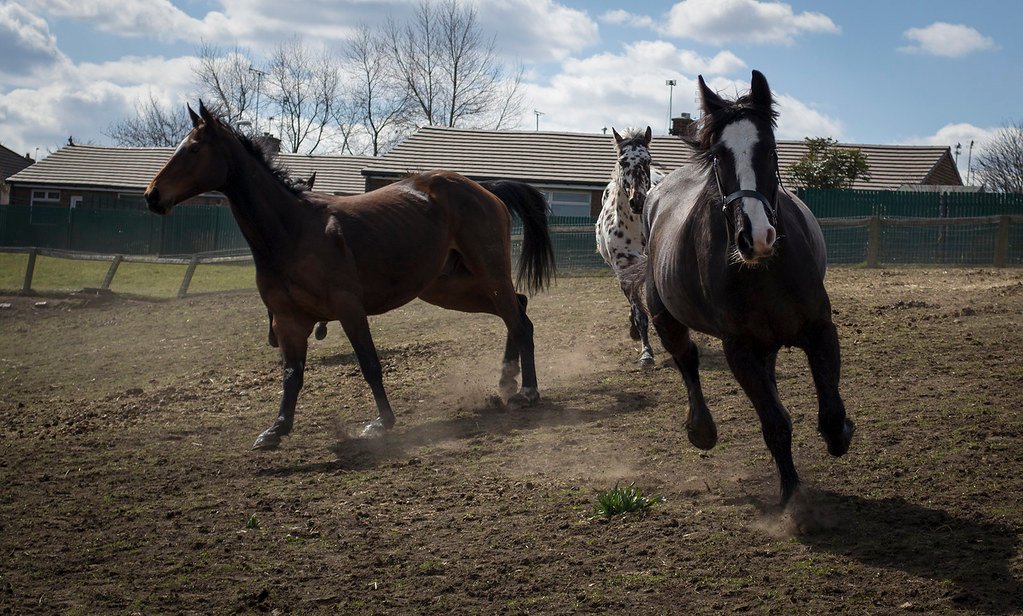
The respiratory system of horses operates at the very edge of what’s physiologically possible. During intense exercise, horses can only breathe in rhythm with their galloping stride—one breath per stride. This limitation means they can’t adjust their breathing independently of their movement, creating a potential bottleneck for performance.
This respiratory constraint is a direct result of their evolutionary focus on speed. The same body structure that enables incredible velocity also limits their ability to get enough oxygen during maximum effort. It’s like having a sports car engine in a chassis that restricts airflow to the motor.
The Social Cost of Speed

The evolutionary drive for speed didn’t just change horse bodies—it transformed their behavior and social structures. Wild horses developed complex herd dynamics designed around rapid escape from predators. These social behaviors persist in domestic horses, sometimes creating management challenges that stem from their evolutionary past.
Modern horses retain flight responses that served them well on ancient grasslands but can be problematic in domestic settings. Their nervous systems are essentially hardwired for constant vigilance and rapid escape, which can manifest as anxiety, spooking, and other behavioral issues.
Temperature Regulation: Overheating in the Fast Lane

The high-performance lifestyle of horses creates significant challenges for temperature regulation. Their large muscle mass and intense activity levels generate enormous amounts of heat that must be dissipated quickly. Horses can produce heat faster than they can eliminate it, leading to potentially dangerous overheating during intense exercise.
This cooling challenge is amplified by their evolutionary heritage. The same metabolic systems that power their incredible speed also create a thermal management problem that can become life-threatening. It’s like running a high-performance engine without an adequate cooling system.
Dental Dilemmas: Teeth That Never Stop Growing

Horse teeth evolved to handle the constant grinding required to process tough grassland vegetation. Unlike human teeth, horse teeth continue growing throughout their lives to compensate for the constant wear from chewing abrasive plant material. This adaptation works well in the wild but creates management challenges in domestic settings.
The continuous growth of horse teeth means they require regular dental care to prevent overgrowth and uneven wear patterns. When teeth don’t wear properly, they can develop sharp edges that cause pain and interfere with eating. It’s a maintenance issue that stems directly from their evolutionary adaptations.
Genetic Bottlenecks: The Price of Specialization

The evolutionary path toward speed created genetic bottlenecks that reduced the overall genetic diversity of horse populations. As horses became increasingly specialized for running, they lost genetic variations that might have provided resilience against diseases and environmental changes. This specialization made them incredibly good at one thing but potentially vulnerable to challenges outside their evolutionary focus.
Modern horse breeding has further narrowed genetic diversity, particularly in performance breeds. This reduction in genetic variation can increase susceptibility to inherited diseases and reduce the population’s ability to adapt to new challenges. It’s evolution’s version of putting all your eggs in one basket.
The Evolutionary Paradox: Success and Failure in One Package

The story of horse evolution illustrates a fundamental paradox in natural selection: the same adaptations that create success in one environment can become liabilities in another. Horses evolved to be perfect for one specific lifestyle—running fast across open grasslands—but this specialization created vulnerabilities that persist today.
Every evolutionary advantage comes with trade-offs, and horses embody this principle more dramatically than almost any other animal. Their incredible speed and grace come at the cost of structural fragility, digestive challenges, and a host of other problems that make them both magnificent and vulnerable.
The evolution of horses from multi-toed forest dwellers to single-toed speed machines represents one of the most dramatic transformations in the fossil record. This journey created animals capable of breathtaking speed and grace, but it also produced creatures that are literally one step away from disaster. Modern horses are living proof that evolution doesn’t create perfection—it creates solutions to specific problems, often at the expense of creating new ones. The next time you watch a horse gallop across a field, remember that you’re witnessing millions of years of evolutionary compromise in action. What seems like natural perfection is actually a collection of biological trade-offs that make these magnificent animals both incredibly capable and surprisingly fragile. Isn’t it fascinating how evolution’s greatest successes often carry the seeds of their own limitations?



